How to synthesize drums with noise in Massive
Noise-based drums are a staple of dance music - we show you how to create them from scratch
Electronic music is based upon synthesized drums and electronic drum machine sounds - made popular by Kraftwerk, various '80s synthpop bands and the whole host of analogue drum machines that we've become accustomed to over the years. These sounds can be created with pretty much any modern synth plugin, and here we'll show you the basics of how to do it.
It helps if your synth houses a multimode filter and drive stage. While a low-pass filter is fine for 'standard' hi-hat and clap synthesis, other filter variants can add a modern twist to traditional noise-based percussion - we'll demonstrate this with Massive's comb filter and tube drive, but feel free to experiment with other external effects, too. Also, bear in mind that drums are usually heard in a realistic space, so use reverb to take off that dry edge.
For more on using noise in music production, grab Future Music 286, which is on sale now.
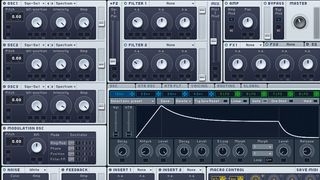
Step 1: Load a synth that features a noise oscillator, filter and flexible modulation options - we're using NI Massive. After disabling the synth's 'regular' oscillators, we raise the noise oscillator's amplitude, turning the Color up to maximum. The synth is now only outputting white noise.

Step 2: A 16th-note MIDI pattern is sequenced on the synth's channel. Velocity is an ideal modulation source when programming hi-hat accents, so we carefully adjust our notes' velocity values first. Note lengths are also tweaked, giving the pattern subtle variation and groove.
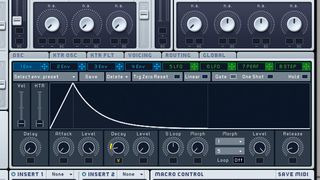
Step 3: Tight amplitude envelope settings are dialled in and a low-pass filter - also with short envelope settings - clamps down on the notes, reducing them to plucky closed hi-hats. Velocity is assigned to both of these envelopes' decay, slightly opening out the notes with higher velocity values.
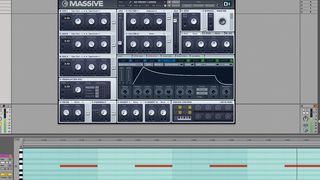
Step 4: A second instance of the synth is loaded, playing offbeat notes of white noise. A high-pass filter, with plenty of resonance applied, thins out the noise. This creates a weedy open hi-hat layer that sits nicely over our closed hats.
Get the MusicRadar Newsletter
Want all the hottest music and gear news, reviews, deals, features and more, direct to your inbox? Sign up here.
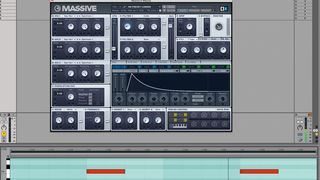
Step 5: Another synth plays notes on beats 2 and 4. A fast envelope modulates the pitch of the synth's comb filter, which becomes obvious when we crank up the Feedback parameter to maximum. A heavy dose of tube drive then crunches up the snare.
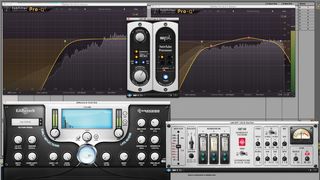
Step 6: EQ, panning and subtle saturation effects add character to the separate elements. Synthesized drums often sound dry and unnatural, so we add realism with two reverb returns - a shorter room setting for the hi-hats, and a longer reverb for the snare.
Future Music is the number one magazine for today's producers. Packed with technique and technology we'll help you make great new music. All-access artist interviews, in-depth gear reviews, essential production tutorials and much more. Every marvellous monthly edition features reliable reviews of the latest and greatest hardware and software technology and techniques, unparalleled advice, in-depth interviews, sensational free samples and so much more to improve the experience and outcome of your music-making.

"If I wasn't recording albums every month, multiple albums, and I wasn't playing on everyone's songs, I wouldn't need any of this”: Travis Barker reveals his production tricks and gear in a new studio tour

“My management and agent have always tried to cover my back on the road”: Neil Young just axed premium gig tickets following advice from The Cure’s Robert Smith











